|
This is the last part of the 4 part series on Cape May. We finish up our trip with a morning at Avalon Beach, on the eastern shore of New Jersey, just a short drive north of Cape May. A popular site for vacation homes with beautiful beaches, today we were looking for birds. The long boat for the lifeguards is at the ready but fortunately not in use. In the afternoon we take a tour boat to the Rips, where the Atlantic Ocean meets the Delaware Bay. The currents and resulting shoals attract fish and the birds that eat them. Black-backed Gulls, Great and LesserGreat Black-backed Gull, salt marsh. We saw the Great Black-backed gull above on the salt marsh tour (Part 2), and here at Avalon we see them again, but at the shoreline. We get the help of our guide, Andy Jones, whose voice you can hear over the surf in the short video below. The Great Black-backs are standing at the water's edge picking at a small shark when a Lesser Black-backed Gull walks in front of the group. The Great Black-backed is the largest species of gull in the world. They have stout bodies, thick necks, broad wings, and a heavy slight bulbous bill. The Lesser Black-backed gull is smaller, with a grayish back as noted by Andy in the video, with legs closer to yellow, in contrast to the Great Black-back's pink legs. (Reference: The Cornell Lab All About Birds) In the images below we see the Great Black-backed Gull picking at the shark. The image below is a Lesser Black-backed in flight. The yellow legs are evident. Forester's Tern ReduxIn Part 2 we saw this tern on the salt marsh boat tour (picture above), and I promised another round of terns at Avalon Beach, images below, in flight over the surf. Another Bald Eagle, Juvenile this time . . .We saw a mature Bald Eagle steal a fish from an Osprey at the Hawk Watch in Part 1. Here we spot a juvenile in the air over the beach. Juveniles have mottled brown wings and tail. It will take up to 5 years for a juvenile to reach adult plumage, and the birds may not begin to mate until 6 years of age. Bald Eagles live between 15 and 30 years, with the oldest recorded at 38 years. (Ref: U.S. Fish and Wildlife Service). What is a trip to "the Rips"?The Rips are the area of shoals off off of the southern tip of Cape May where the water of the Delaware Bay meets the Atlantic Ocean. The Rips is an area of shoals where the Atlantic Ocean meets the Delaware Bay, not far from the ferry line, as shown above. The mixing of currents creates the shoals, basically large sandbars. The shoals in turn create large waves or swells. Fish will concentrate in this area, making it a good place for fishermen, be they two legged in fiberglass boats, or two winged with feathers. And of course, if there are birds, there are birders! The water can be treacherous, especially in the fall. We were on a solid steel vessel with a skilled skipper. Nevertheless, it was a rough ride at times. Below, a view of the southern tip of Cape May, with a view of the convention center, and the line of hotels, including ours, on the beach. The Cape May Lighthouse, not far from the Hawk Watch Platform. Great CormorantWe have seen the Double-crested Cormorant, perched in Post 2 and in flight in Post 3. Here we see another species, the Great Cormorant, perched on navigational hardware adjacent to the channel. The Great Cormorant is larger than the Double-crested Cormorant, and sports a white throat and yellow chin. The Double-crested Cormorant has a dark throat and orange chin. The Great Cormorant above is likely a juvenile, with mottled breast. The bird below looks darker, and is likely older. Double-crested Cormorants, in flightDouble-crested Cormorants will travel in large flocks, seen here over the beach at Avalon on the morning of the 17th. And, they like to fly next to boats . . . .The trip to the Rips was great, but the number of photo-ops was limited due to the distances involved (the birds were really far away) combined with the movement of the boat. Imagine holding your camera and a 500 mm zoom lens steady while balancing on a bongo-board! However, there was a great opportunity to "fly" in tandem with a Double-crested Cormorant who was following the boat. Above and below we see the bird working hard to get into the air, my guess is trying match the boat speed which was less than full flight speed. This bird was hopping on the water for quite some time and distance. We get good views of the wing and feathers as well as the use of the feet and tail. In the images that follow, our companion is airborne . . . . Below he decides to hit the water again. Perhaps he has seen some fish, and wants to come back down. Feet and tail come down, then the tail flairs to increase drag and decrease speed. Tail drags above, with landing below. We have reached the end of the day. time to head back to port. The sun is setting to the west, and we are followed by a congregation of shorebirds looking for food. Well, that's a wrap for Cape May! A birding hotspot almost any time of year. I hope you have enjoyed these posts. Best wishes for 2022! More to come in January: winter birding in SE Arizona! Happy Trails!
0 Comments
Leave a Reply. |
AuthorHenry Johnson, photographer and author of this site. For more detail, see About
Categories
All
Archives
July 2024
|
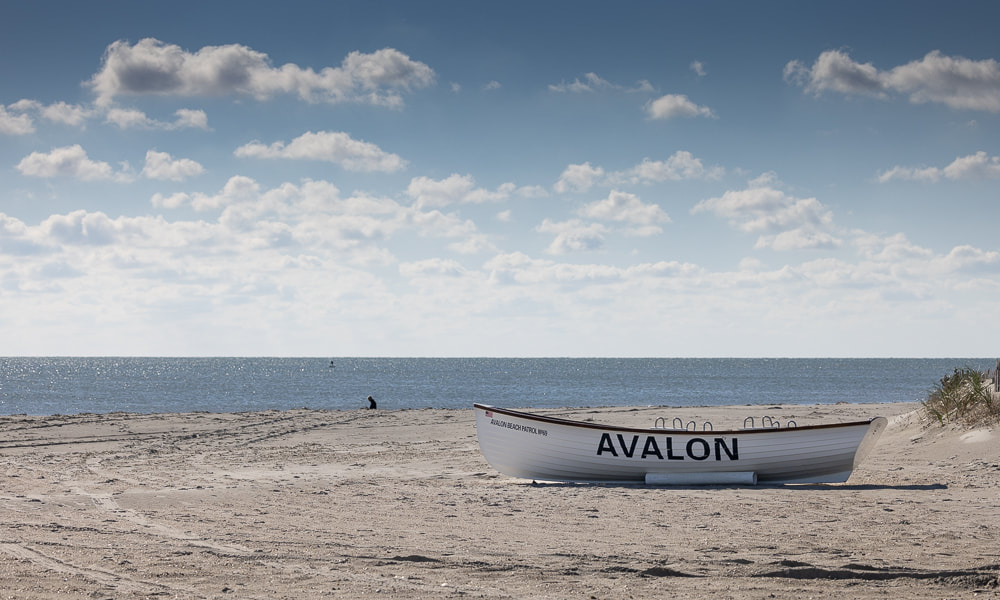
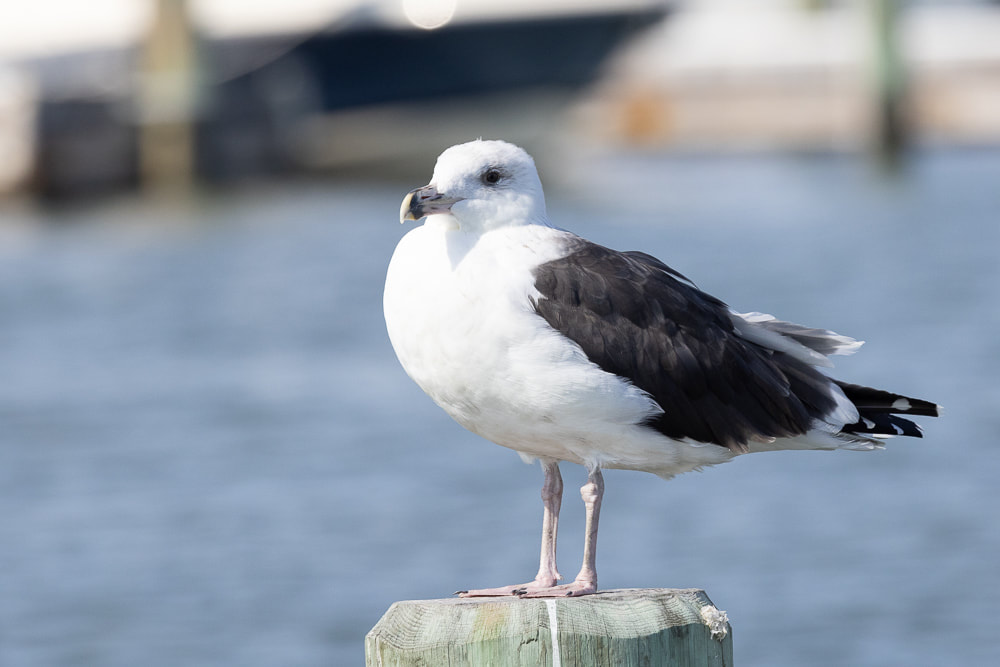
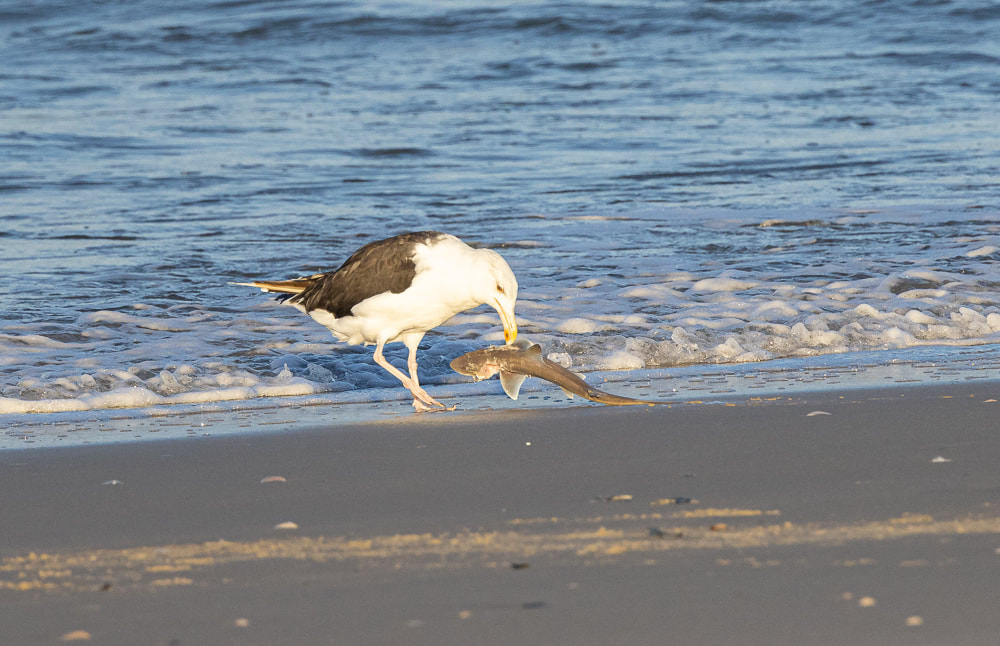
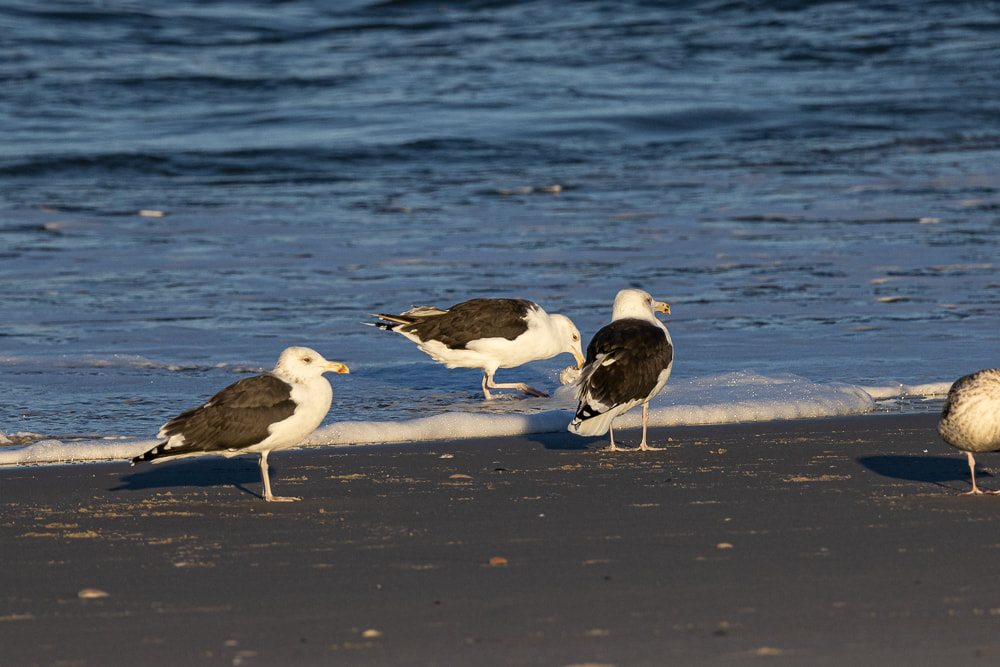
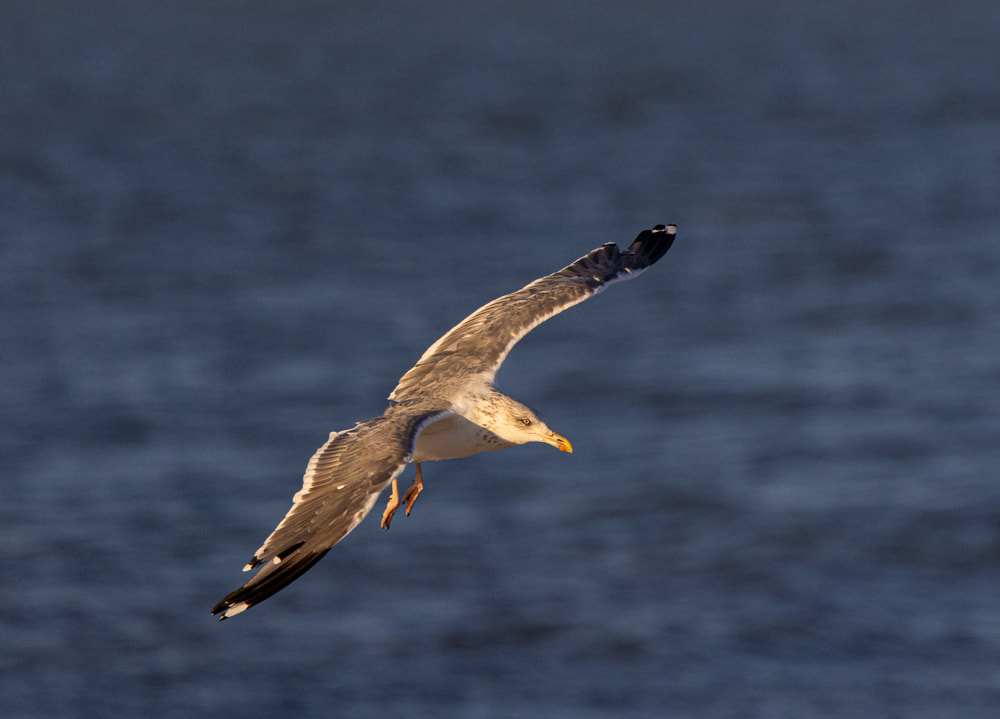
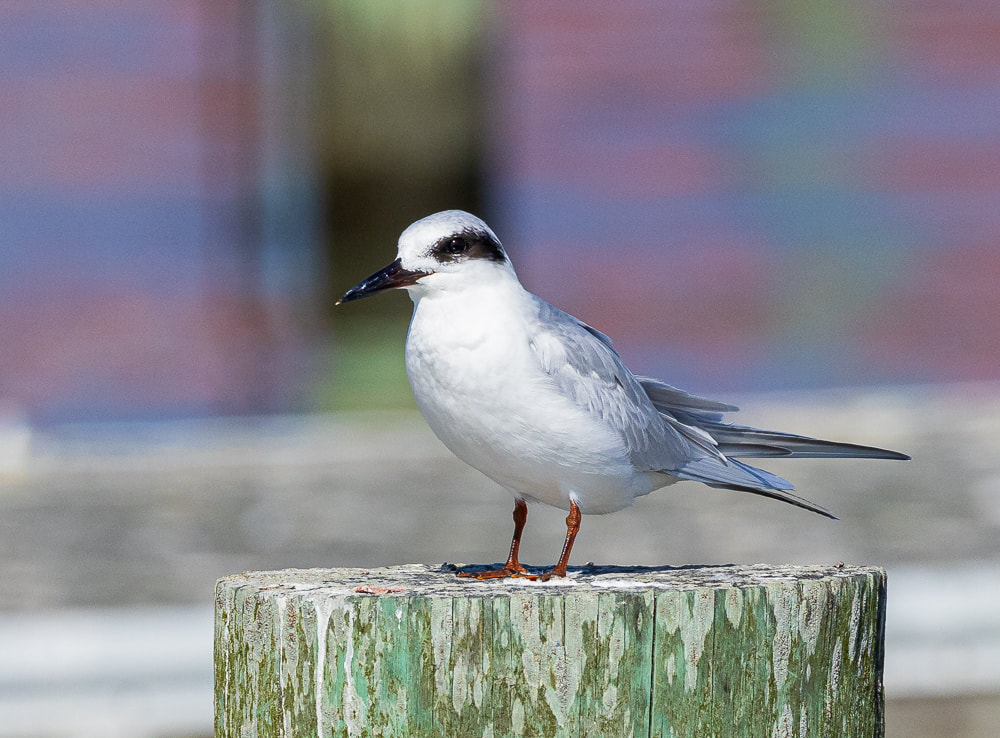
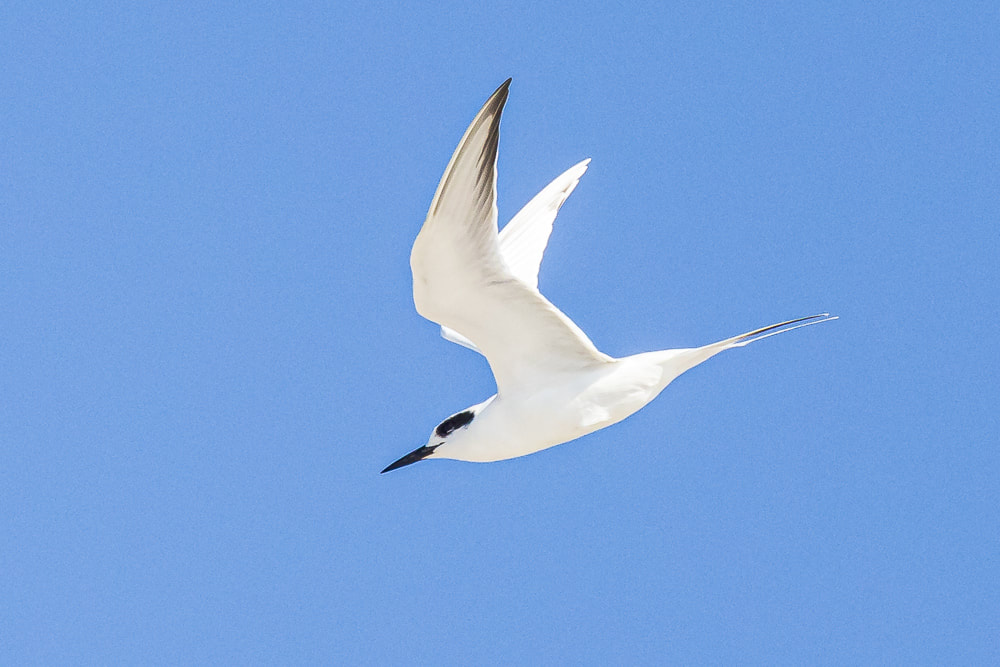
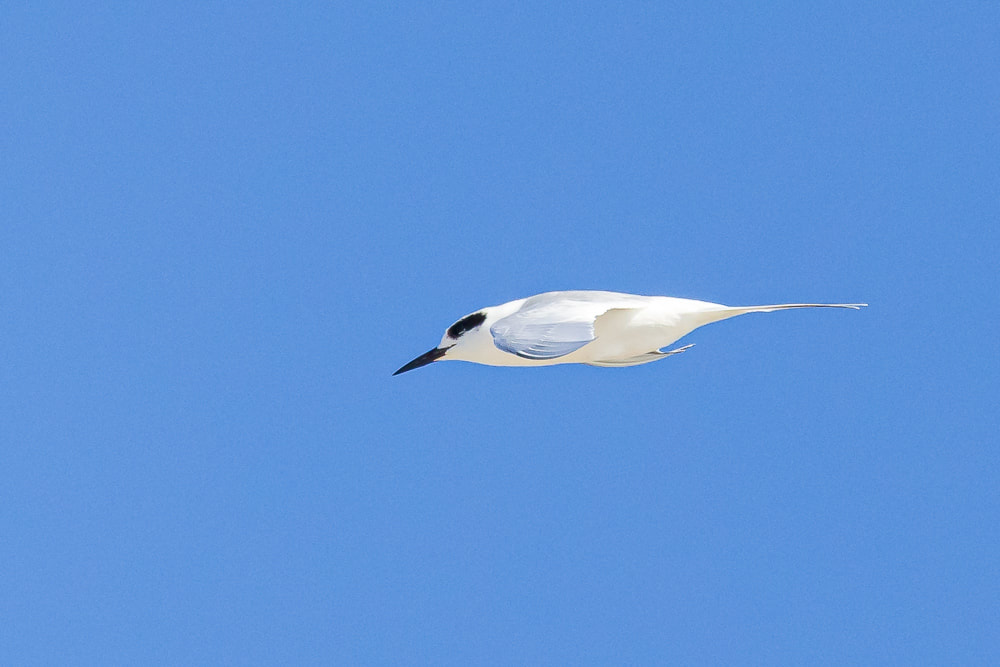
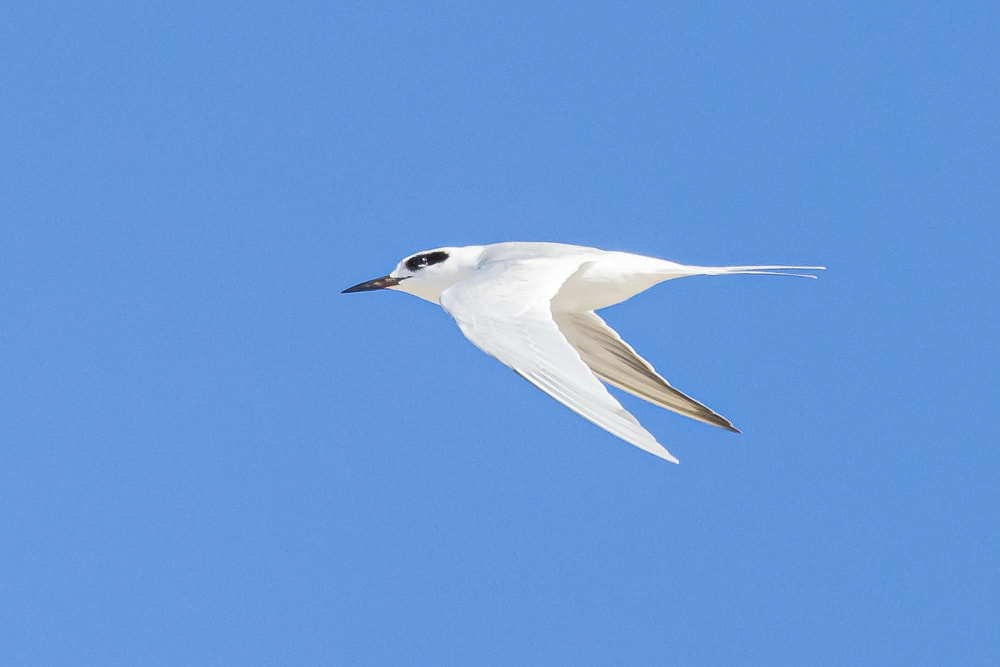
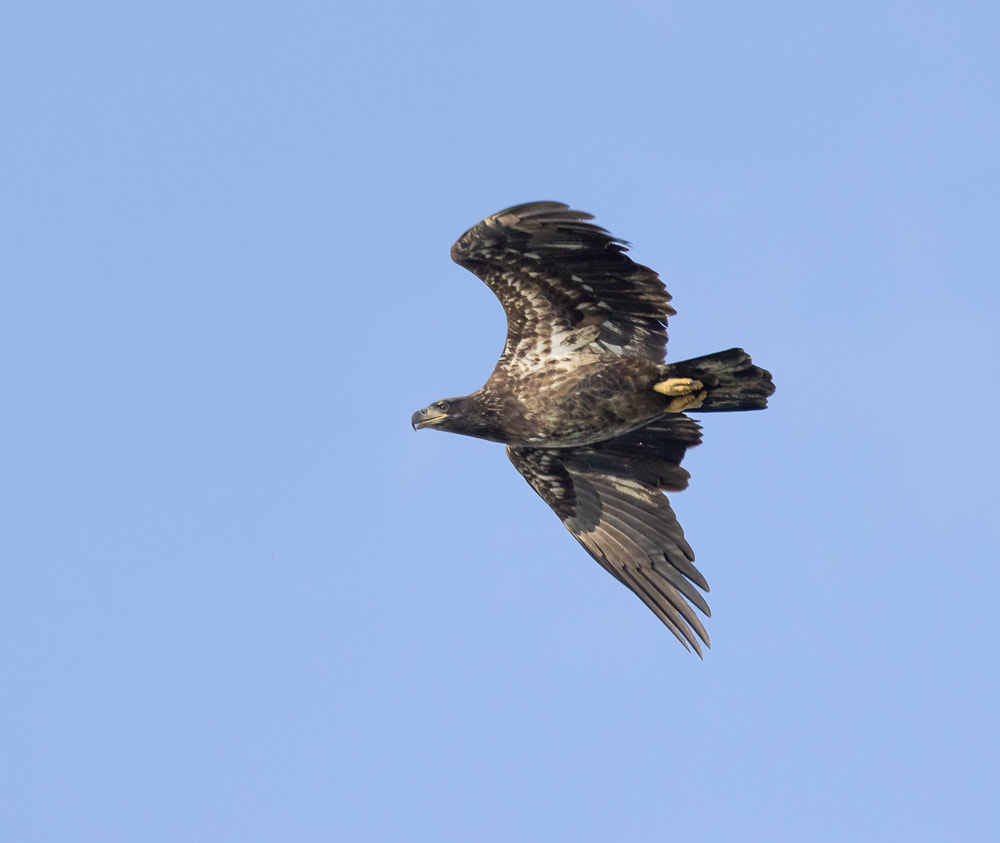
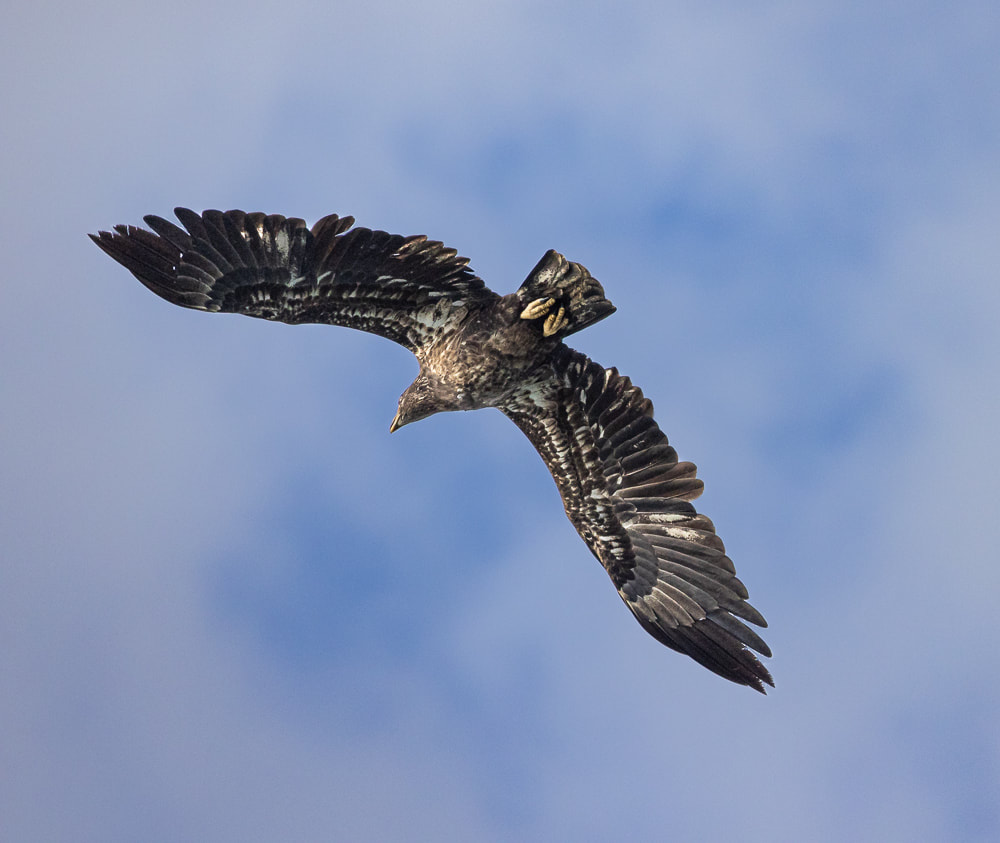
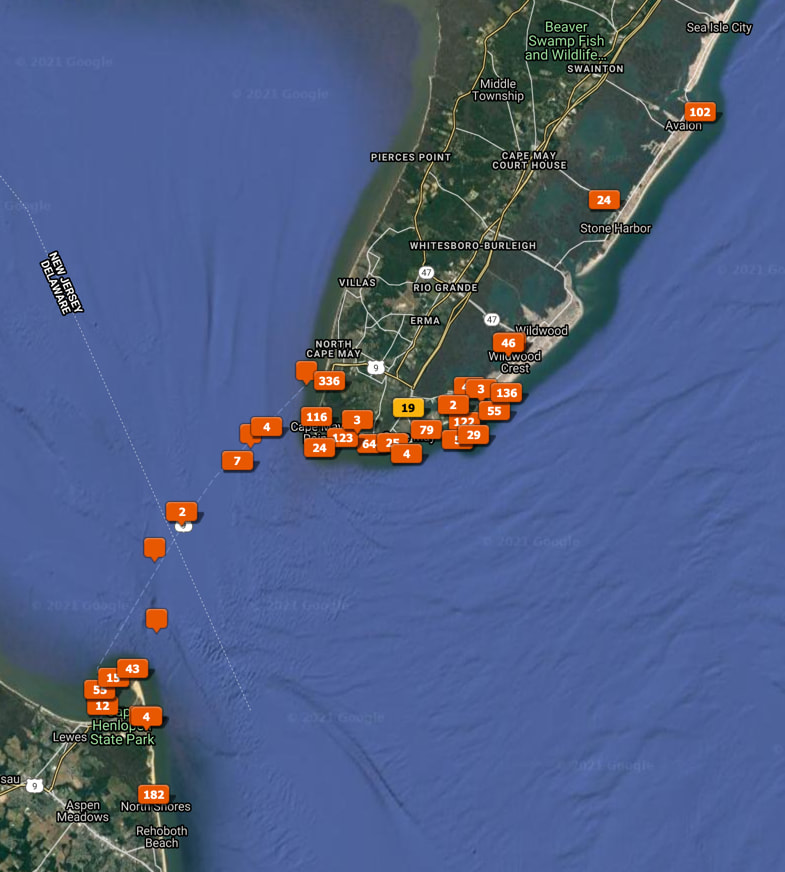
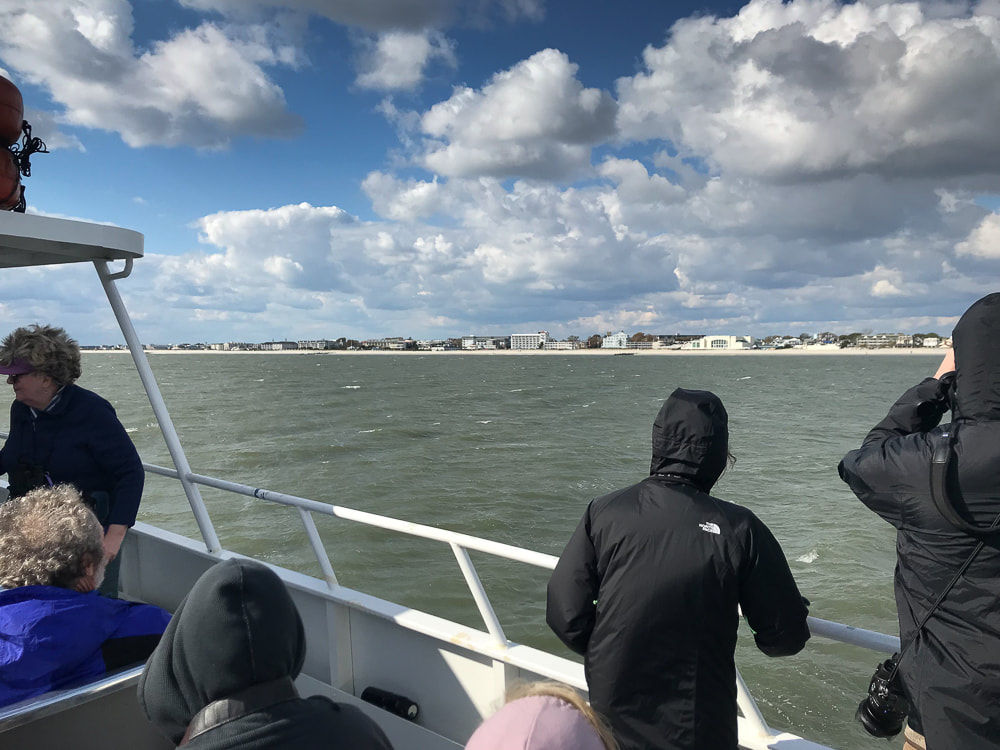
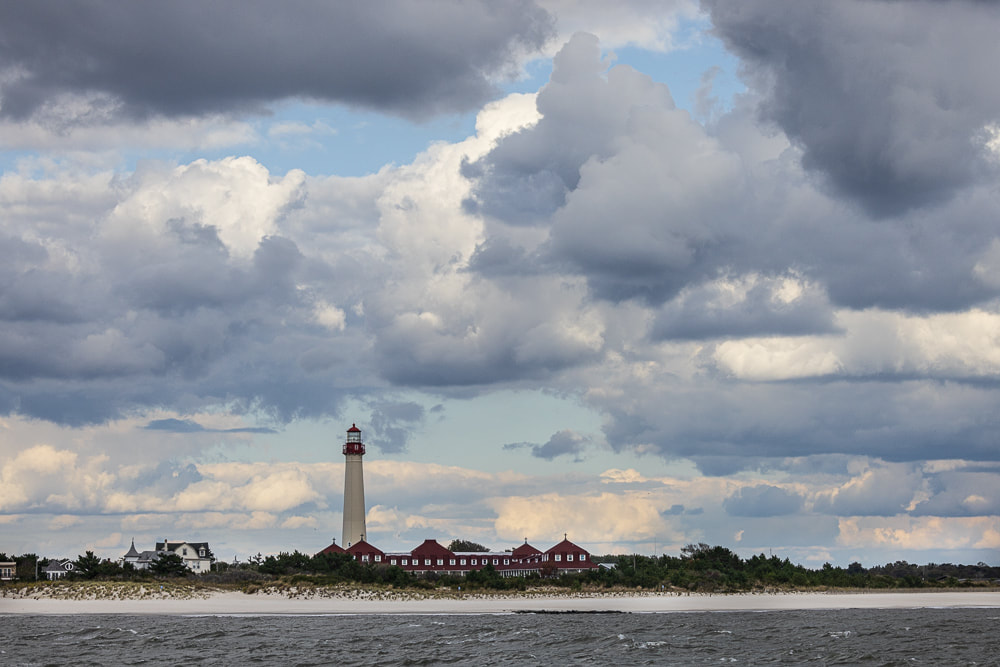
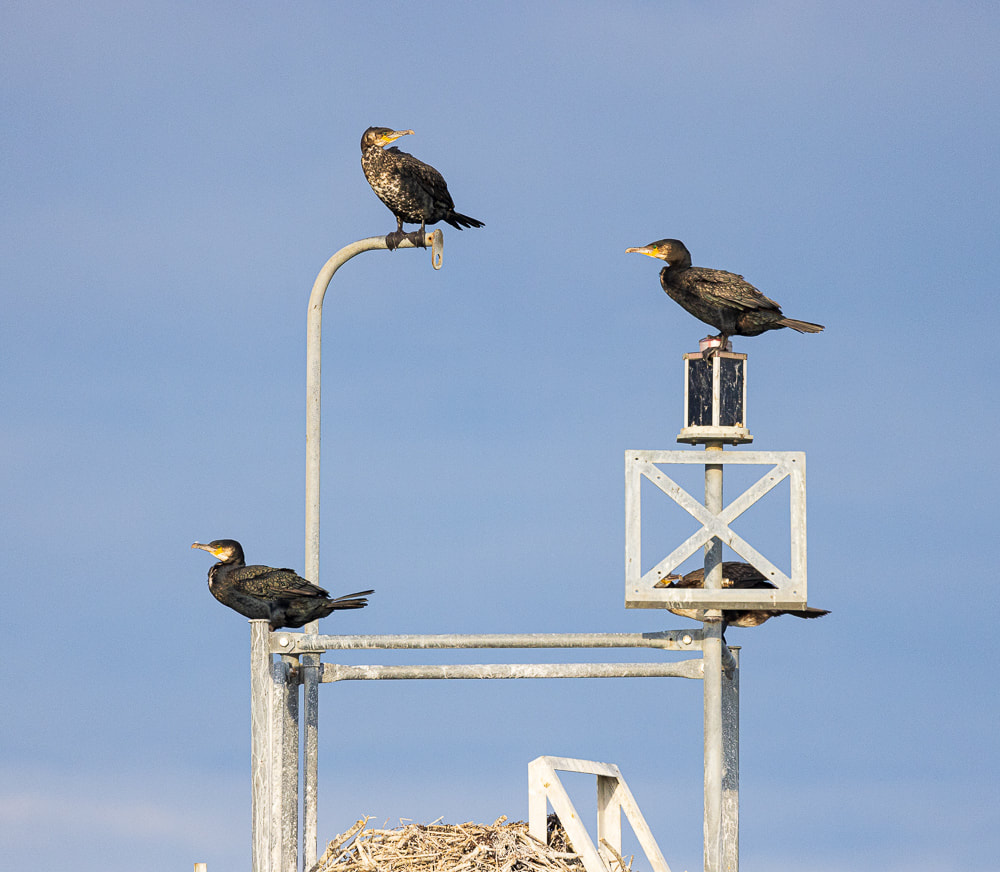
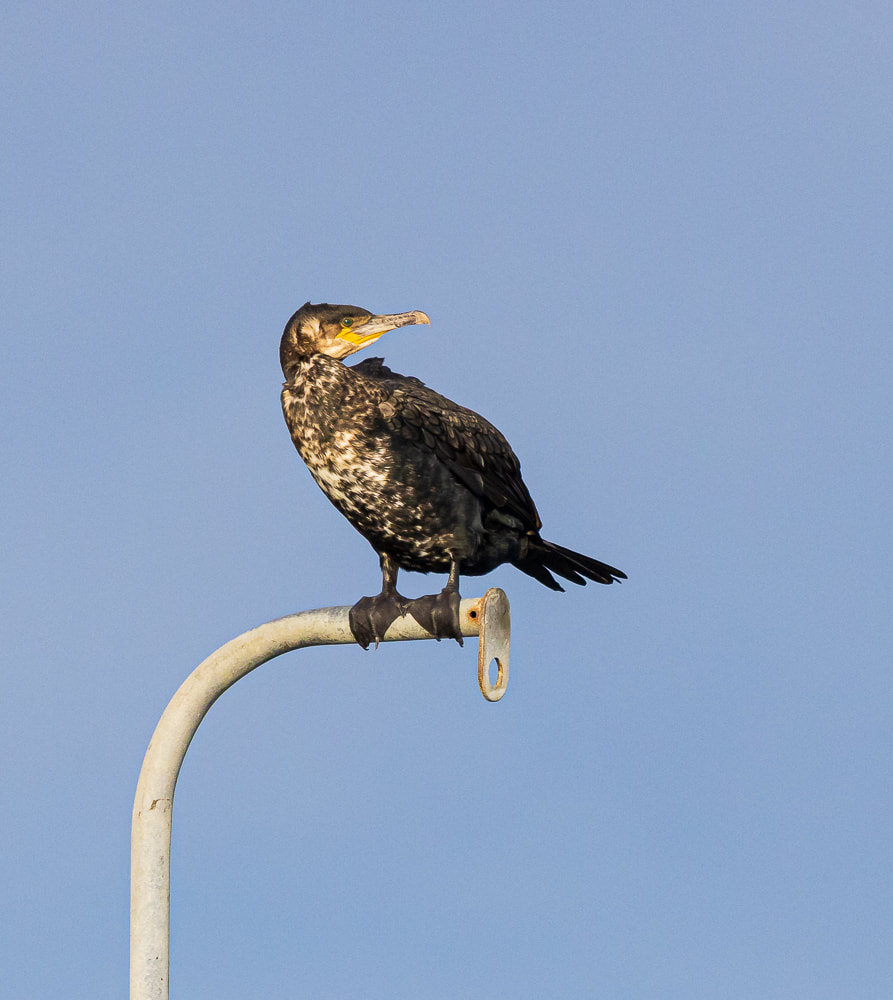
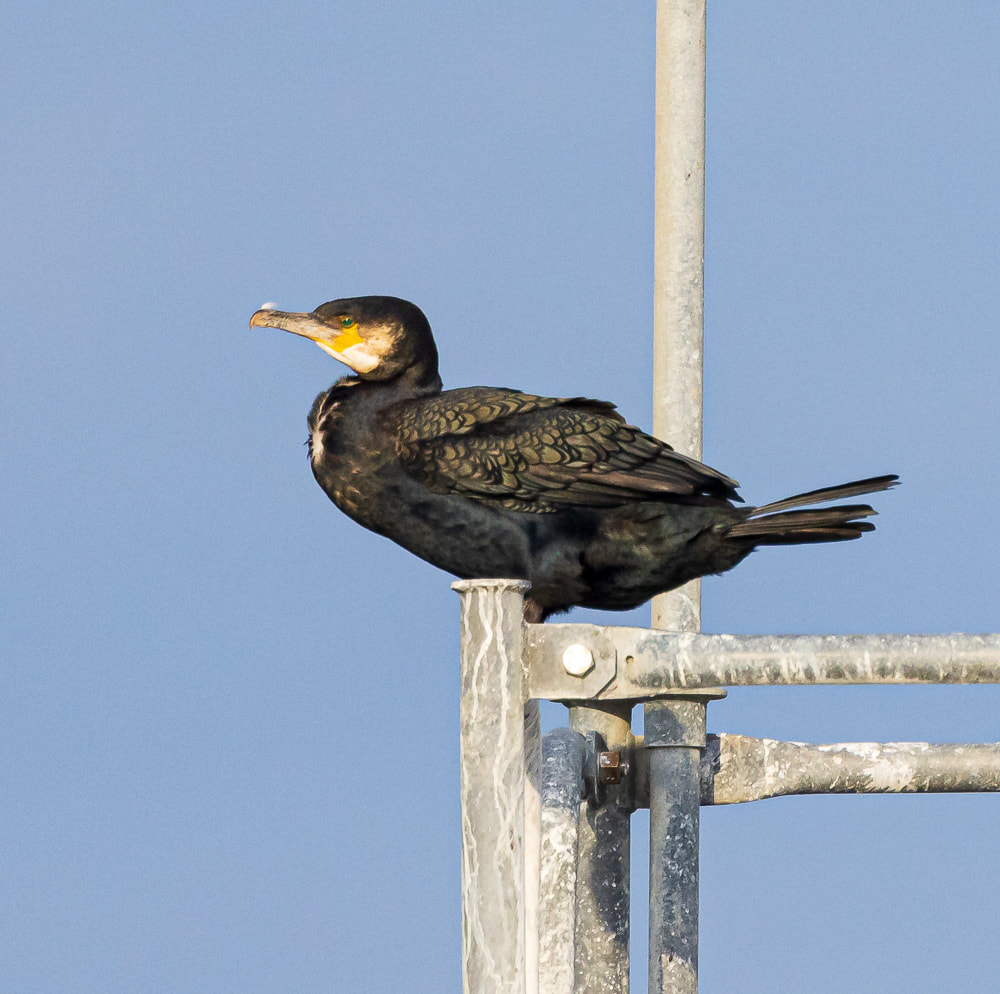
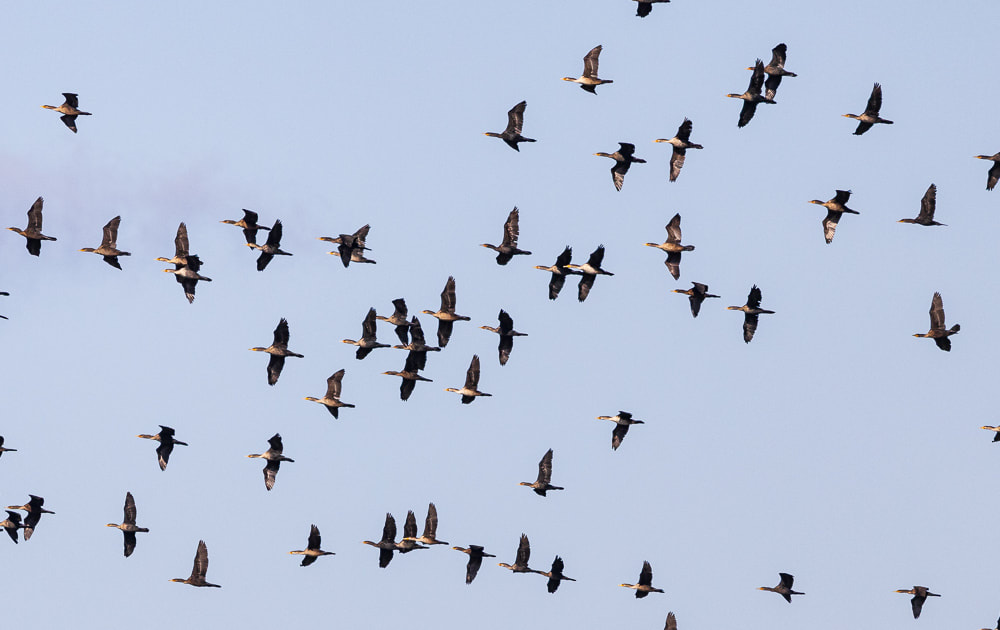
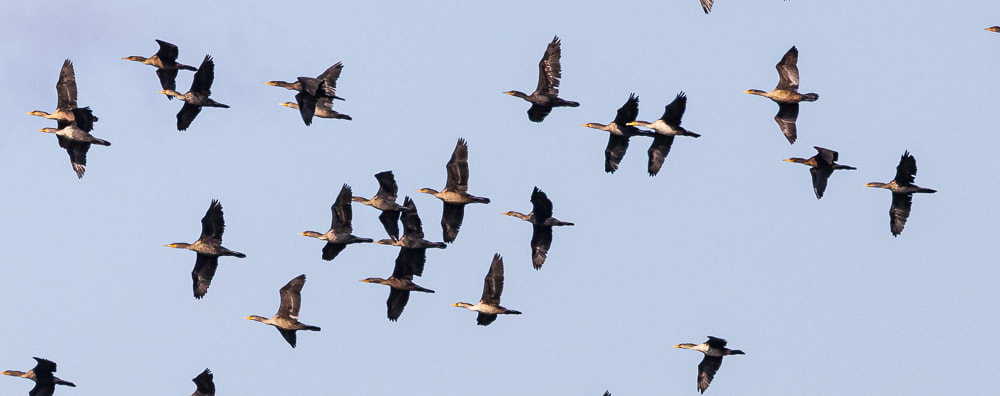
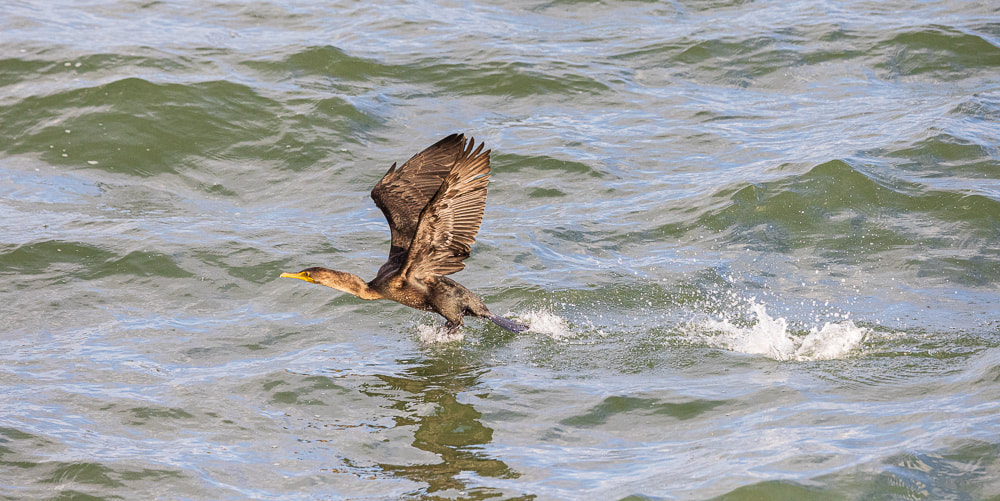

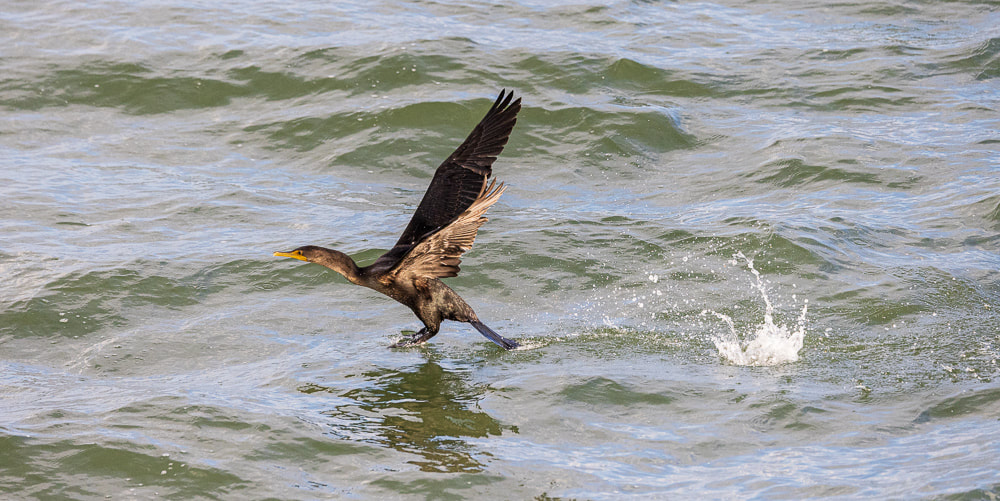
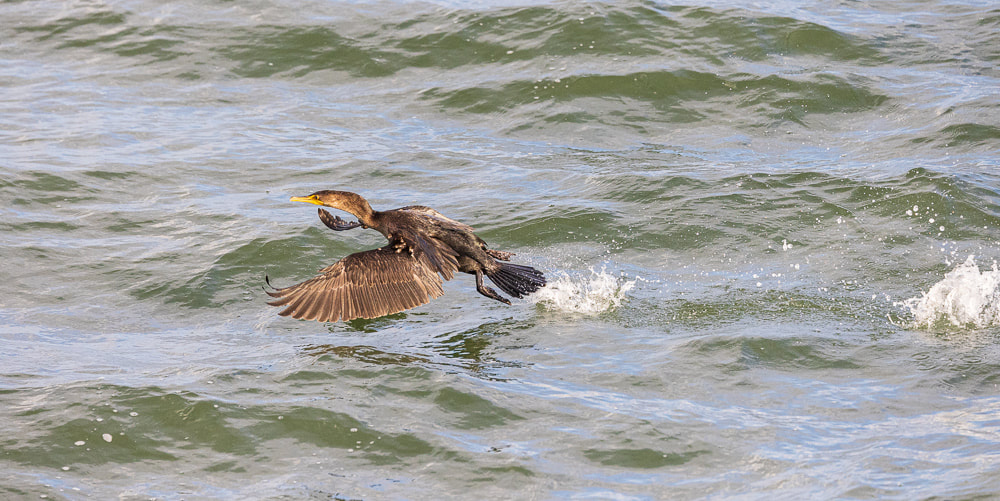
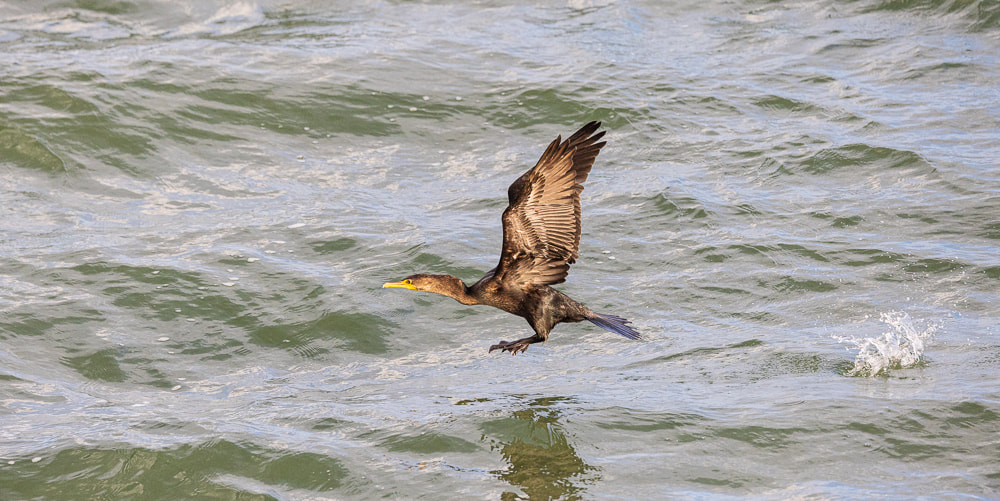
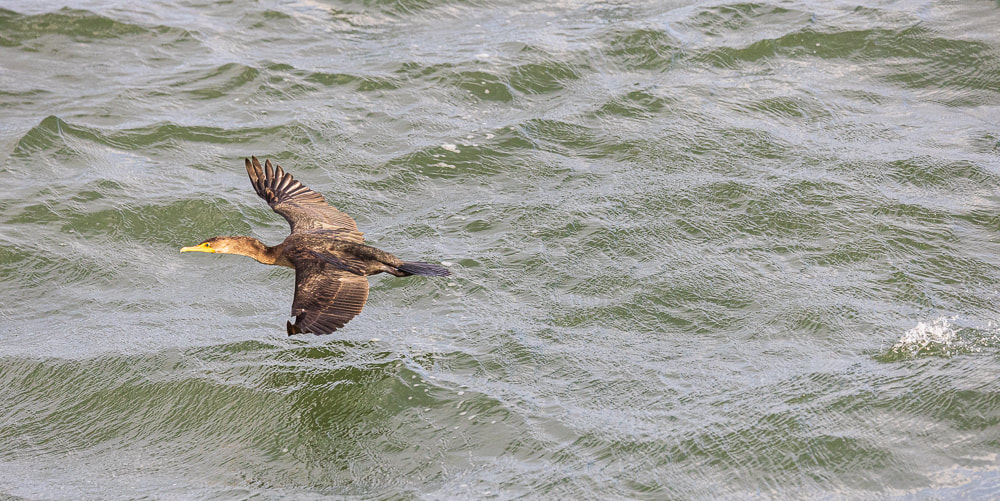
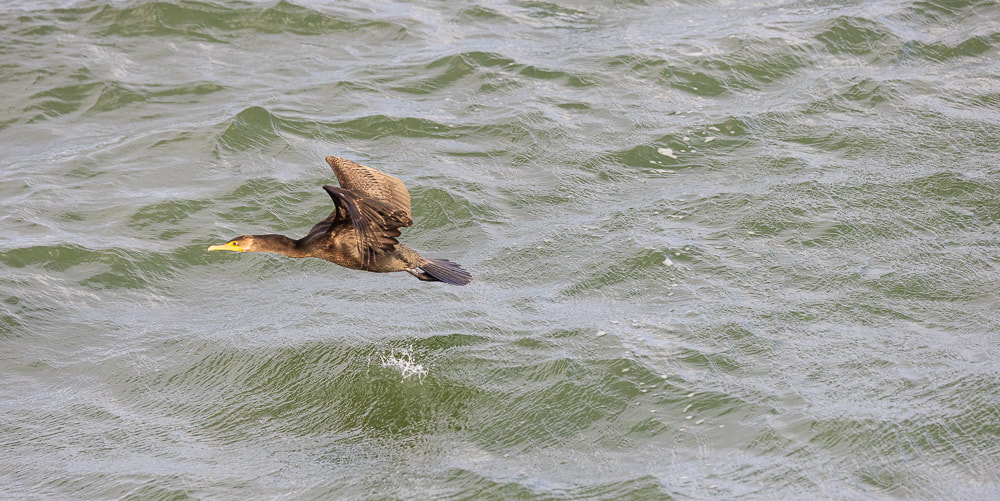
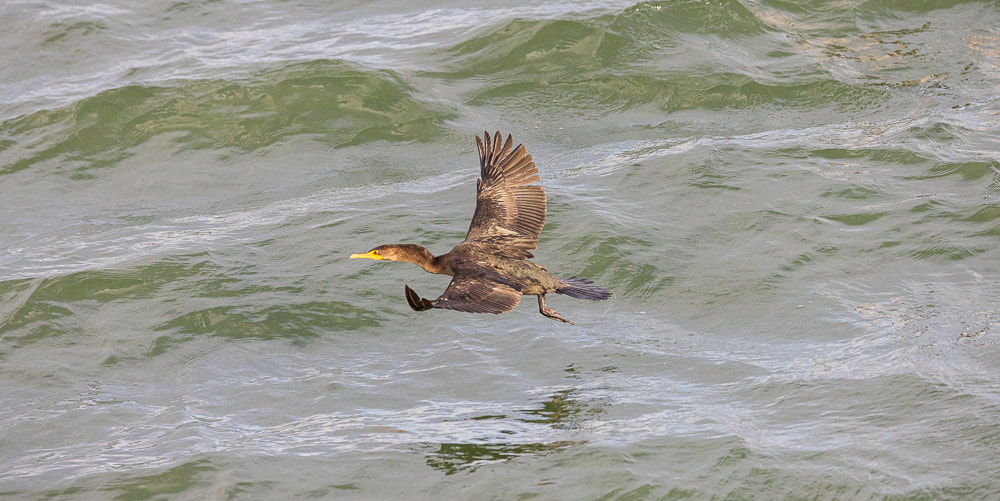
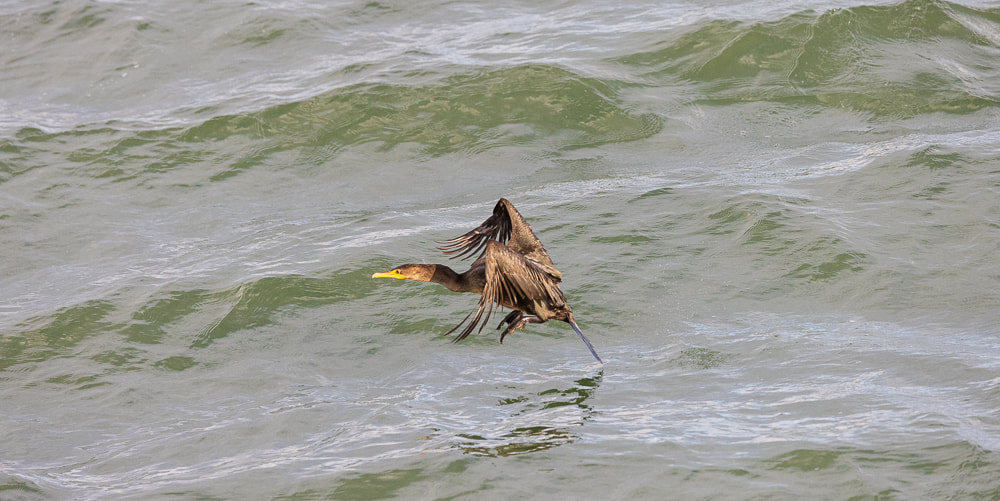
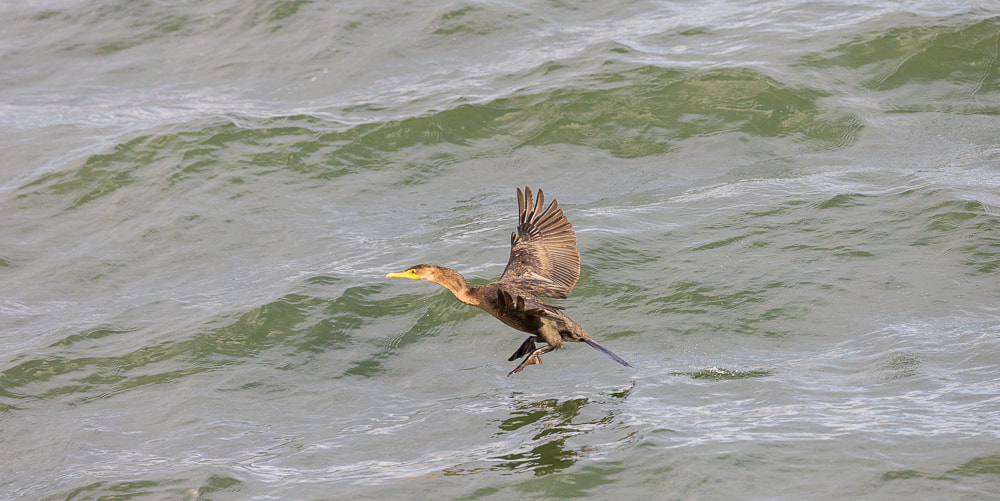
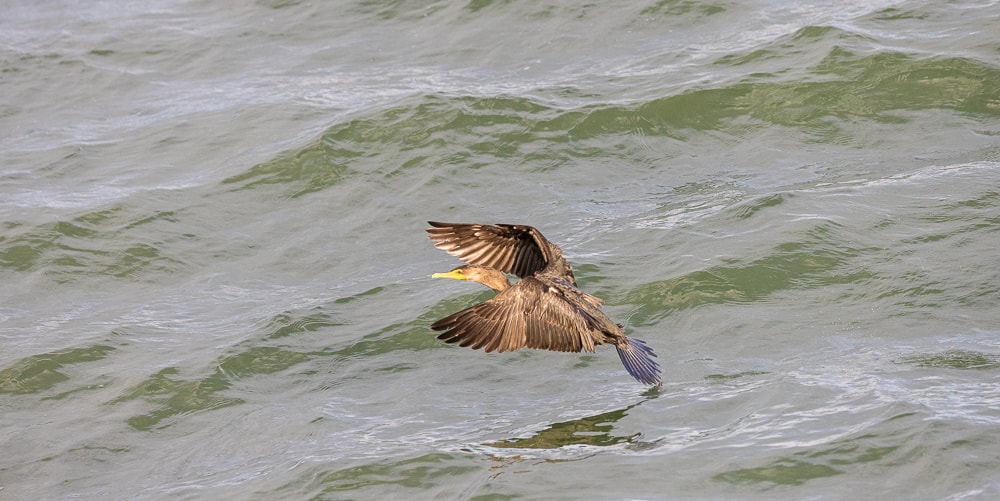
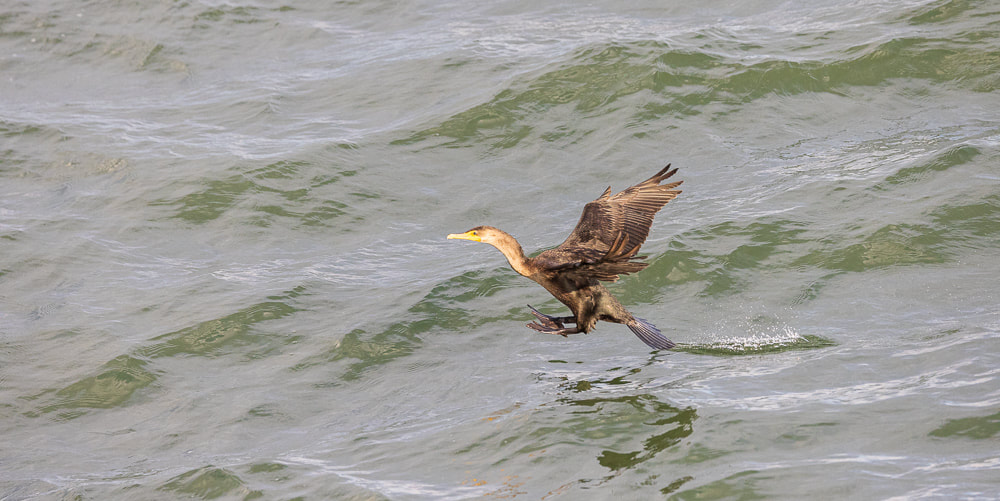
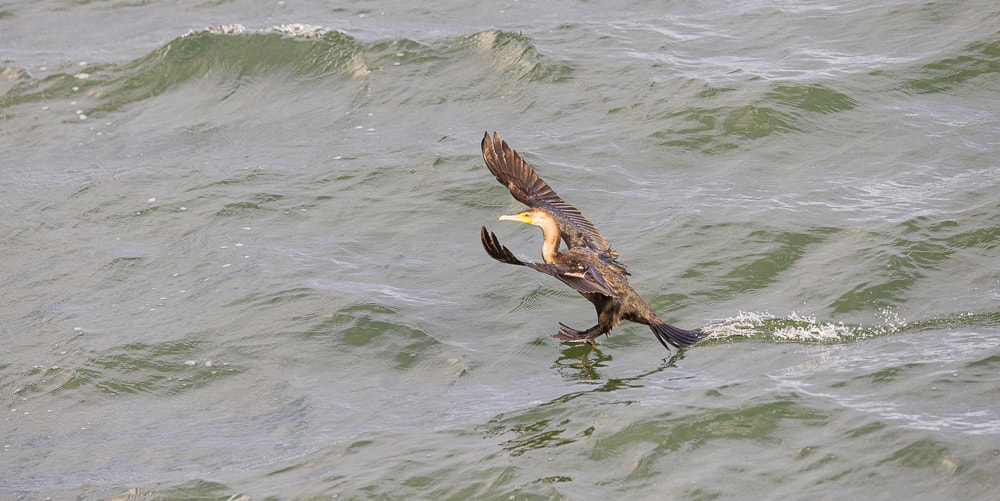
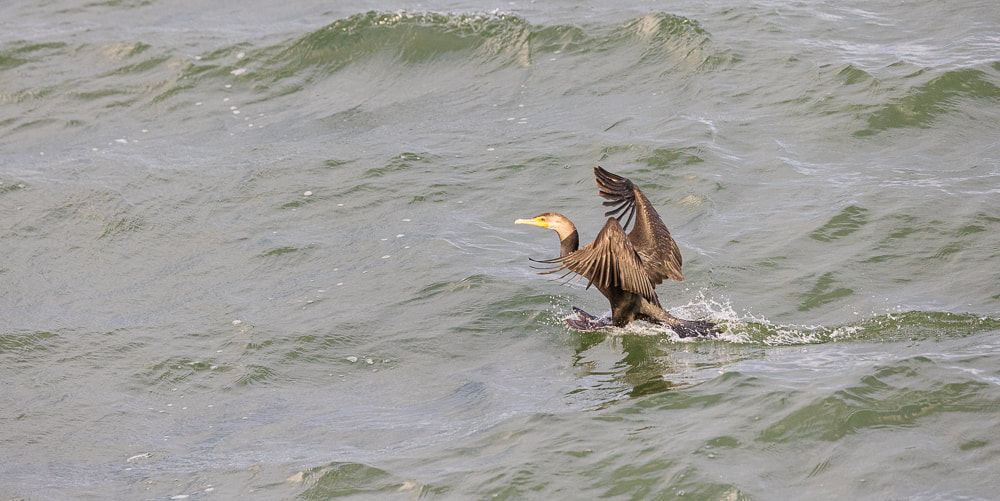
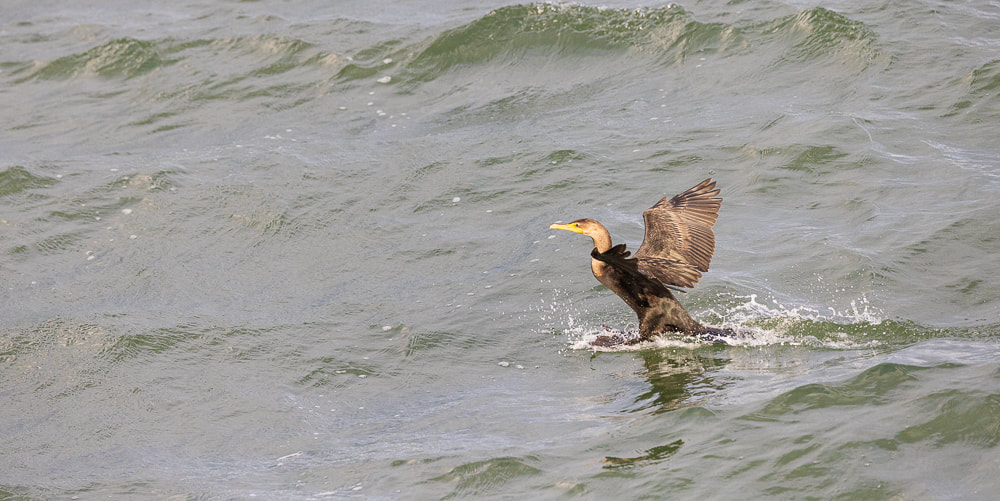
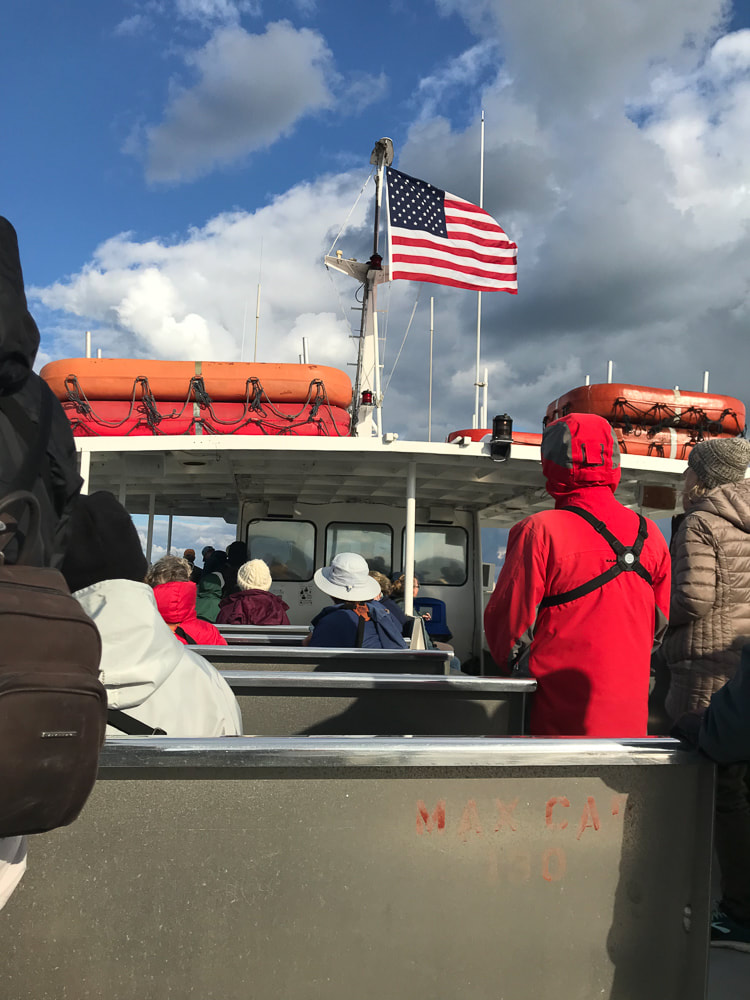

 RSS Feed
RSS Feed